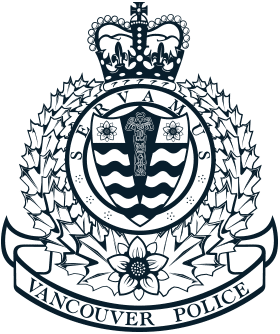The VPD is now expanding its Body-Worn Camera Program. In the coming months, 800 additional frontline officers will be trained, for a total of 900 officers.
The 2024 Body-Worn Camera Pilot Project provided valuable feedback for the rollout to our frontline VPD officers. We sought feedback and input from community groups, as well as anyone involved in an interaction where cameras were used.
We believe the cameras will strengthen public safety, enhance transparency, trust, and accountability in interactions between the police and the public.
The public can expect that their interactions with Vancouver Police officers could be recorded.
VPD Body-Worn Camera Policy
A working group of sworn and civilian members from across the VPD planned the roll-out of the body-worn cameras and created policy for our officers. The policy went into effect on March 7, 2025, with Vancouver Police Board approval.
The policy was reviewed by the BC Information and Privacy Commissioner and is consistent with:
- BC Provincial Policing Standards
- VPD Strategic Plan
- BCACP Police Operations Policy
- Freedom of Information and Protection of Privacy Act
- CACP Proposed Body Worn Camera Policy
- VPD Equity, Diversity and Inclusion Project Business Rules
- Other Canadian police agencies


